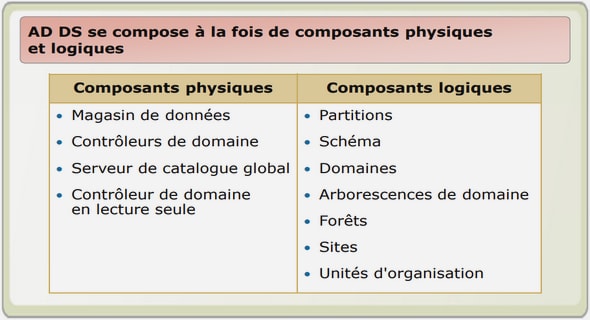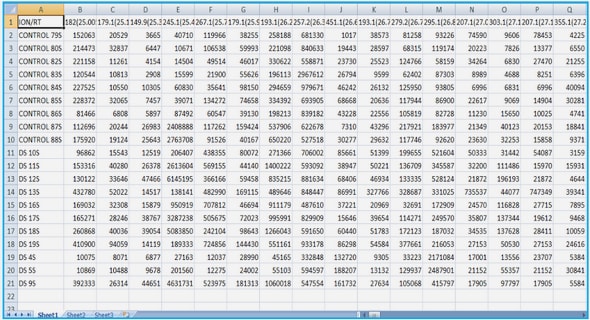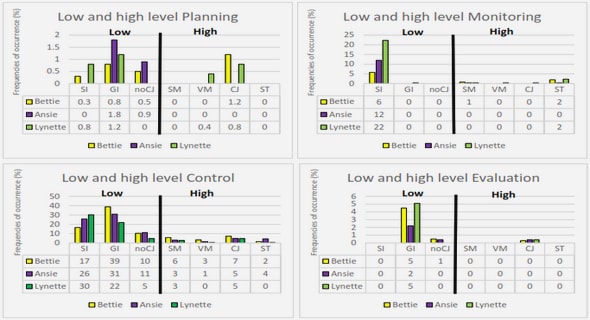Get Complete Project Material File(s) Now! »
PROBLEM STATEMENT
Is there really a need for research in lighting and visual perception? Indeed, this is the question asked by Boyce (2004). Humans are not really concerned about lighting, light perception and even colour perception except for some of the end results that these may yield. The lighting environment has an impact on some of the basic parameters concerned with life, such as safety, wealth and health. An additional reason why lighting and visual perception are researched is economic considerations. These include energy and cost optimisation. Two schools of thought exist. One group claims that research into lighting is superficial and that little is to be gained. Another group states that the living environment of humans can still be improved and research on lighting will contribute significantly to this goal (Boyce 2004).
Investigating the role of the reference source
When colour perception tests are performed, established ideas are applied regarding reference light sources. The role of the reference source is thus very important, but is not particularly well understood. The International Commission on Illumination (CIE) developed a method of measurement of colour, called the “Method of Measuring and Specifying Colour Rendering Properties of Light Sources” (Method of Measuring and Specifying Colour Rendering Properties of Light Sources 1995).
Investigating traditional test methods
Traditional colour perception tests are completed using established methods such as the side-by-side booth configuration. It is acknowledged that this method can be improved, as side-by-side bias may influence test outcomes. The traditional test method limits researchers’ ability to perform visual perception tests away from established test centres, as a dark room is usually required.
Investigating the effect of age on colour perception
The effect of age on colour perception can be investigated by simulation and physical analysis of the ocular optical media. Measurements of spectral transmission can be performed on individual parts of the ocular system. The question is whether these results can be correlated to the visual perception of the user who uses the parts as a complete optical system, including visual interpretation performed by the human brain.
CHAPTER 1 INTRODUCTION
1.1 PROBLEM STATEMENT
1.1.1 Context of the problem
1.1.2 Research gap
1.2 RESEARCH OBJECTIVES AND QUESTIONS
1.3 HYPOTHESIS AND APPROACH
1.4 RESEARCH GOALS
1.5 RESEARCH CONTRIBUTION
1.6 OVERVIEW OF THIS STUDY
1.7 RESEARCH OUTPUTS
1.8 THESIS OVERVIEW
CHAPTER 2 LITERATURE STUDY
2.1 CHAPTER OBJECTIVES
2.2 MEASUREMENT OF COLOUR
2.2.1 Summary
2.3 LABORATORY COLOUR APPEARANCE EVALUATION
2.3.1 Test charts and objects
2.3.2 Observer screening.
2.3.3 Sources
2.3.4 Field of view
2.3.5 Efficacy
2.3.6 Summary
2.4 HUMAN FACTORS
2.4.1 Psychophysics
2.4.2 Chromaticity shift
2.4.3 Colour perception and age
2.4.4 Colour perception and sex
2.4.5 Colour perception in the periphery
2.4.6 Illuminance levels
2.4.7 Optical safety
2.4.8 Material safety
2.4.9 Photobiological safety
2.5 ILLUMINATION AND WILDLIFE BEHAVIOUR
2.6 CHAPTER SUMMARY
CHAPTER 3 METHODS
3.1 CHAPTER OBJECTIVES
3.2 TEST BOOTH DESIGN
3.2.1 Test booth with domed roof
3.2.2 Test booth with 45° slanted roof
3.2.3 Test booth with sources behind a back screen
3.2.4 Test booth with sources behind back screen and adjustable iris
3.2.5 Test booth with spherical dome and front illumination
3.2.6 Test booth with split scene setup
3.3 LIGHT SOURCE CHARACTERISATION
3.4 LIGHT SOURCES
3.4.1 Reference source
3.4.2 Test source
3.5 PROCEDURE
3.5.1 Observer sample size
3.5.2 Split test booth test procedure
3.5.3 Side-by-side test booth procedure
3.5.4 Side-by-side test booth procedure with time lapse
3.6 CHAPTER SUMMARY
CHAPTER 4 RESULTS
4.1 CHAPTER OBJECTIVES
4.2 LIGHT SOURCE CHARACTERISTICS
4.2.1 The ultimate source
4.2.2 Reference source
4.2.3 Test source
4.3 CONCEPT EVALUATION
4.3.1 Test groups
4.3.2 Ishihara colour screening
4.3.3 White perception test
4.3.4 Reference source matching test (split booth test procedure)
4.3.5 Reference source matching test (side-by-side test booth procedure)
4.3.6 Reference source matching test comparison (side-by-side booth test procedure compared with split booth test procedure)
4.3.7 Reference source matching test comparison after one year (side-by-side booth test procedure).
4.4 PHOTOMETRIC CHARACTERISTICS
4.4.1 White perception test
4.4.2 Reference source matching test (split booth test procedure)
4.4.3 Reference source matching (side-by-side test booth procedure)
4.4.4 Reference source matching test comparison (side-by-side booth test procedure compared with split booth test procedure)
4.4.5 Reference source matching test comparison before and after one year
4.5 RESULTS SUMMARY AND COMPARISON
4.6 MIRROR CHARACTERISTICS
4.6.1 Evaluation procedure
4.6.2 Results
4.7 CHAPTER SUMMARY
CHAPTER 5 DISCUSSION
5.1 CHAPTER OBJECTIVES
5.2 OVERVIEW
5.3 RESULTS
5.3.1 White perception test
5.3.2 Reference source matching test (split booth test procedure)
5.3.3 Reference source matching test (side-by-side booth procedure)
5.3.4 Evaluation of split booth test procedure
5.3.5 Repeatability of psychophysical evaluation for colour perception testing
5.4 CHAPTER SUMMARY
CHAPTER 6 CONCLUSION
GET THE COMPLETE PROJECT
THE ROLE OF THE REFERENCE SOURCE IN IMPROVING THE CIE COLOUR-RENDERING INDEX FOR VISUAL PERCEPTION OPTIMISATION


